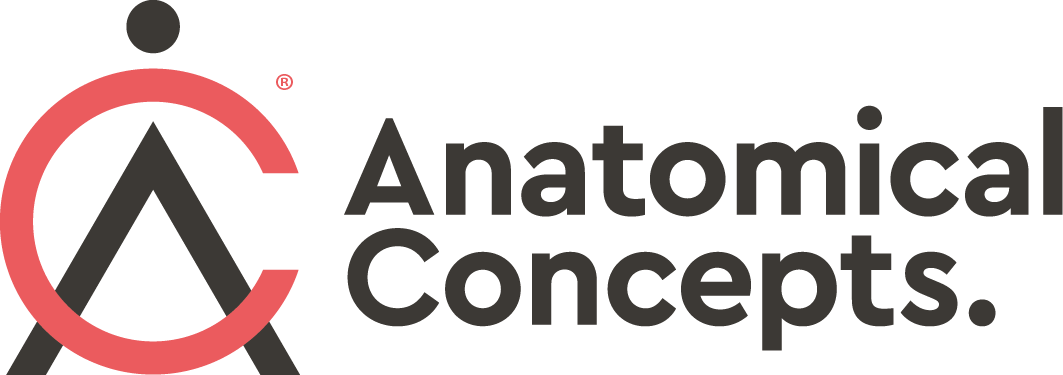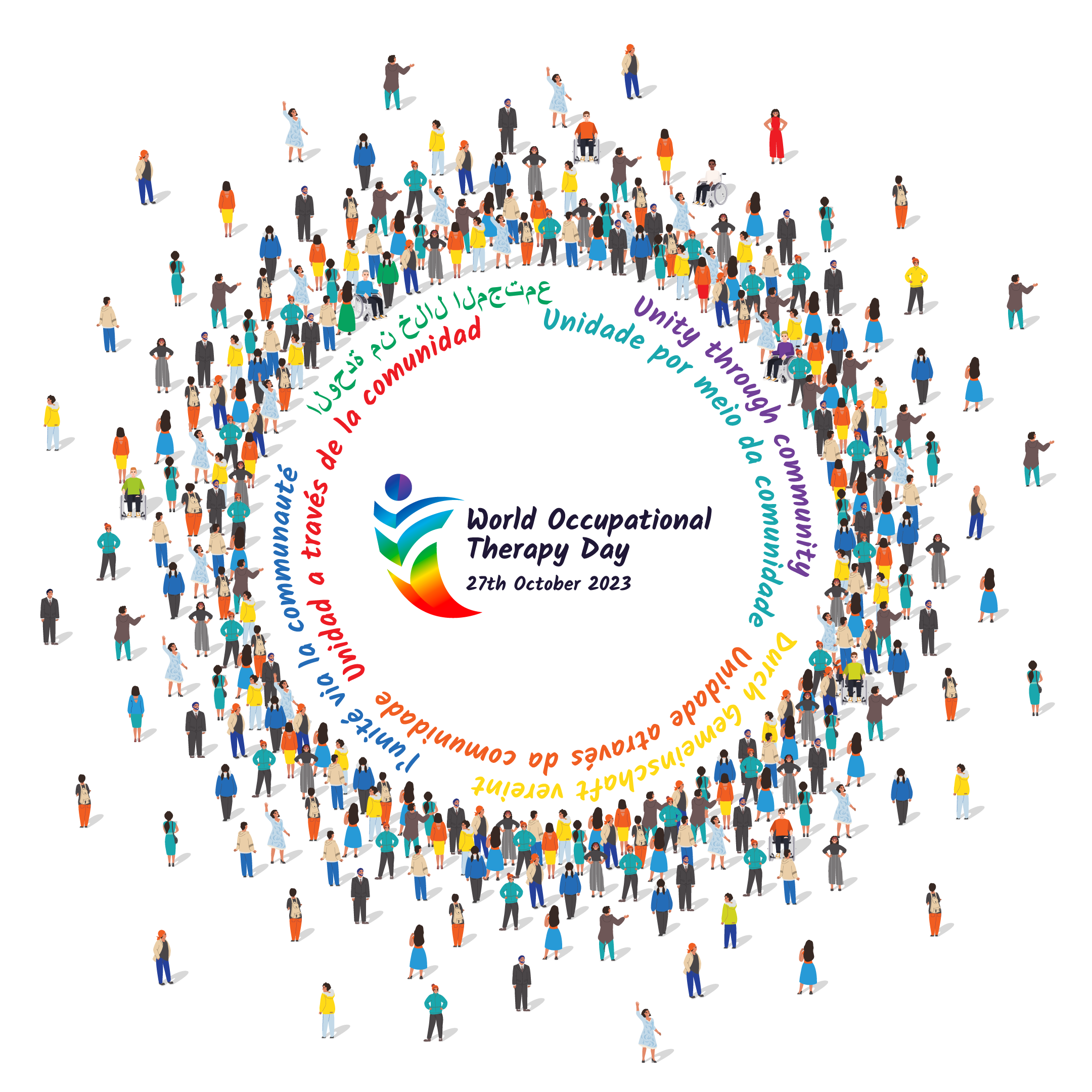Articles
Filter by Topic
- Adaptive Sport 1
- Artificial Intelligence 1
- Bike Labyrinth 3
- Bone density 1
- Brachial Plexus 1
- Bridging the Gap 1
- Bridging the Gap 1
- Carbonhand 4
- Cardiovascular 1
- Client Stories 4
- Cognition 1
- Company Updates 3
- Decision Making 1
- Dementia 1
- Denervation 22
- Diabetic Foot 12
- Efficiency 1
- Electrotherapy 27
- Exercise Benefits 28
- FES Cycling 13
- Fatigue 1
- Functional Electrical Stimulation (FES) 58
- Gait 2
- Goal Setting 5
- Grip 3
- Healthspan 2
- Indego 13
- Lifestyle 8
- Lower Motor Neuron 1
- Mobility 17
- Motivation 2
- NMES 2
- Nerve injury 1
- NexStride 1
- Occupational Therapy 1
- Orthotic 15
- PRAFO 22
- Pain 6
- Parkinsons 2
- Pressure Ulcers 10
- Product Updates 7
- RISE Stimulator 10
- Safety 2
- Sponsor 1
- Standing 4
- Stim2Go 4
- Stimulette den2x 5
- Support 1
- TENS 1
- Technology 17
Article Length
- 1 minute read 3
- 10 minute read 10
- 11 minute read 7
- 12 minute read 7
- 15 minute read 8
- 18 minute read 1
- 19 minute read 1
- 2 minute read 4
- 26 minute read 1
- 27 minute read 1
- 28 minute read 1
- 3 minutes read 9
- 4 minute read 34
- 5 Minute read 12
- 6 minute read 6
- 7 minute read 15
- 8 minute read 6
- 9 minute read 3
- FES 2
- FES Cycling 1
- FoG 1
- PRAFO 1
- Seven Minute Read 1
- Stim2Go 1
- awareness 1
- carbonhand 2
- cognitive 1
- cues 1
- freezing gait 1
- freezing of gait 1
- gait 1
- neurological 1
- neuroplasticity 1
- nexstride 2
- occupational therapy 1
- occupational therapy day 1
- orthopaedics 1
- orthotic 1
- parkinson's 1
- pressure 1
- pressure relief 1
- prevention 1
- rehabilitation 2
- stroke 1
- tSCS 1
- ulcers 1
- world stroke day 1
World OT Day: What has an OT ever done for us?
Discover the significance and historical importance of World Occupational Therapy (OT) Day along with breakthrough innovations like the Tek RMD and the Carbonhand. Explore the crucial role of OT professionals in empowering patients to enhance independence and the overall quality of life.
Solve equinus contractures with an innovative orthotic device
Looking for a solution to equinus contractures? Our Dynamic Dorsi-Assist (DDA™) Ankle Foot Orthosis (654SKG) offers innovative orthotic care that is adjustable and personalized to your needs. Our orthotic devices provide immediate relief and support long-term rehabilitation. We also offer a pediatric version of the DDA™, the 554SKG, to extend our impact to patients of all ages.
How to Prevent Heel Pressure Ulcers: First Understand What Causes Them?
Discover how to prevent pressure sores on heels in this insightful blog post. Learn about the risk factors, influencing factors and effective prevention tips. Explore the range of heel protectors that offer more than just protection, supporting safe mobilisation and aiding the patient's recovery journey. Available in various sizes and liner interfaces.
FES Cycling: How it elevates rehabilitation and fitness with 5 extraordinary benefits
Discover the revolutionary FES Cycling systems by Anatomical Concepts. Improve mobility and overall health post neurological condition with electrical muscle stimulation. Explore the top five benefits of FES bikes in this informative post.
Do you want the best FES Bike?
Discover how choosing an FES bike can transform your fitness and independence. Overcome barriers and embrace the possibilities that technology and determination offer. Find a bike that supports your goals and encourages regular use for the best outcomes in your fitness journey. Harness the power of FES bikes to unlock your potential.
Making FES Cycling system adjustments
The RehaMove FES Cycling system (sometimes known as an FES bike) is widely used by clients to allow them to exercise paralysed muscles actively. There are many benefits of doing this following a neurological condition such as a spinal cord injury.
This video may be of general interest, but will be particularly useful to existing users of our FES Cycling system who wish to get more from using the product. The video is around 15 minutes long and it addresses three commonly asked questions
Why should I use an FES bike?
When and why should I change the stimulation settings?
How should I make these changes?
The video distinguishes between training for a goal and general exercise and looks at a useful structure to think about how to train, The effect of changing each of the stimulation parameters is considered. You might want to term on subtitles when viewing the video.






